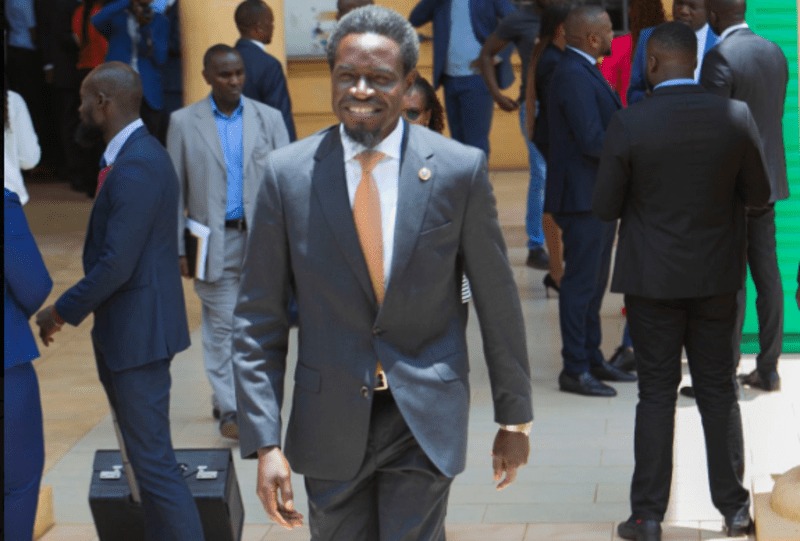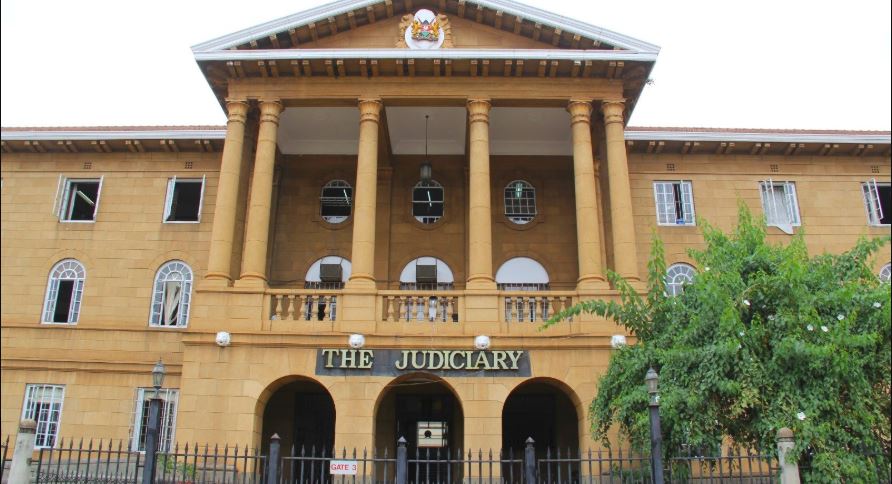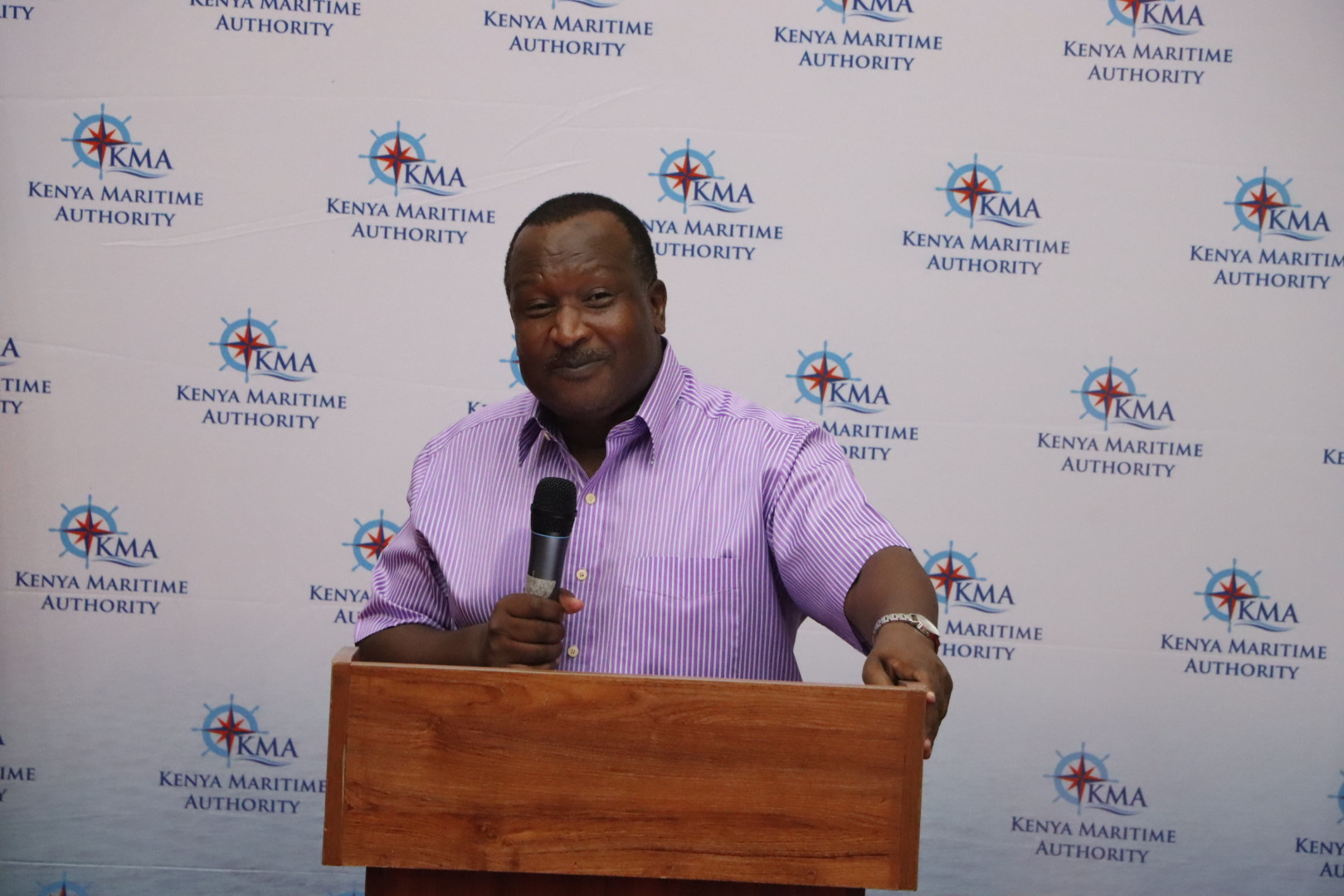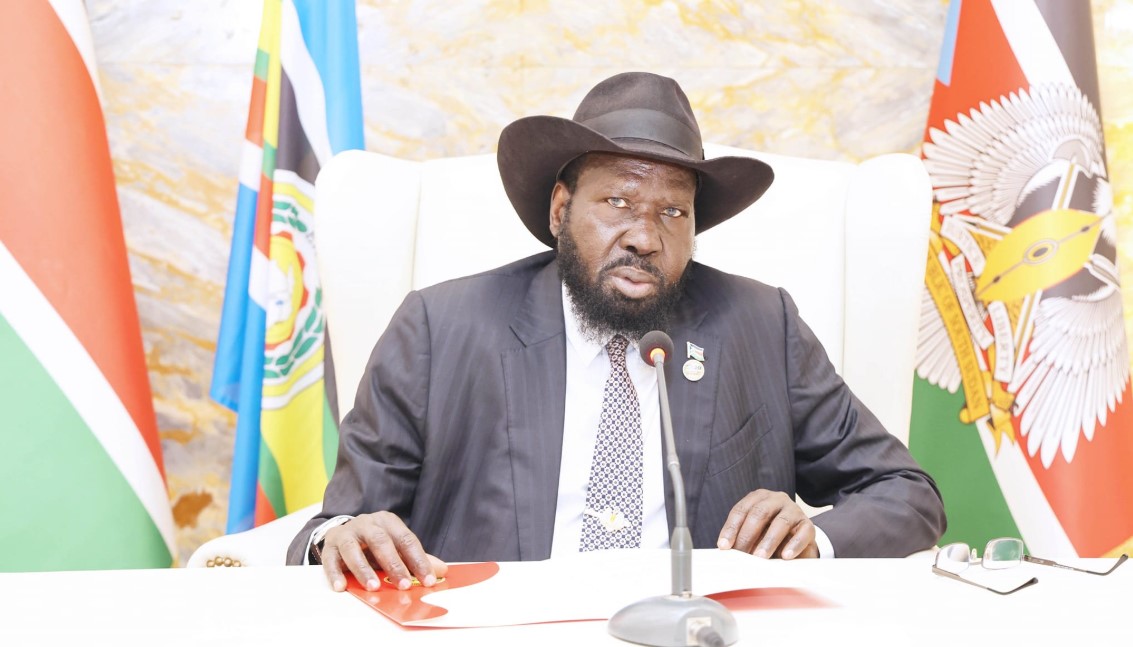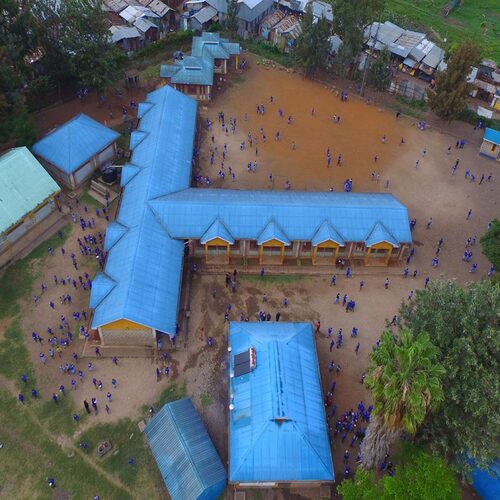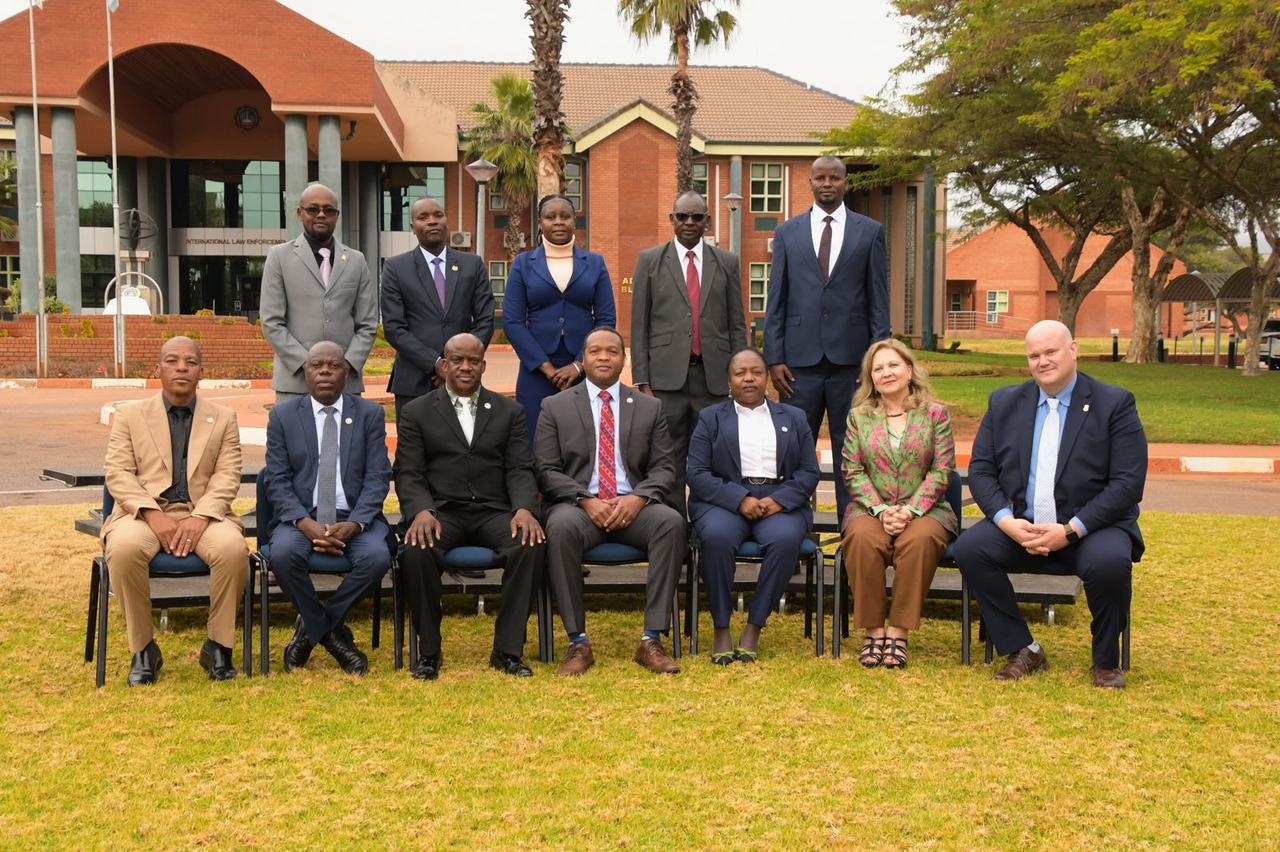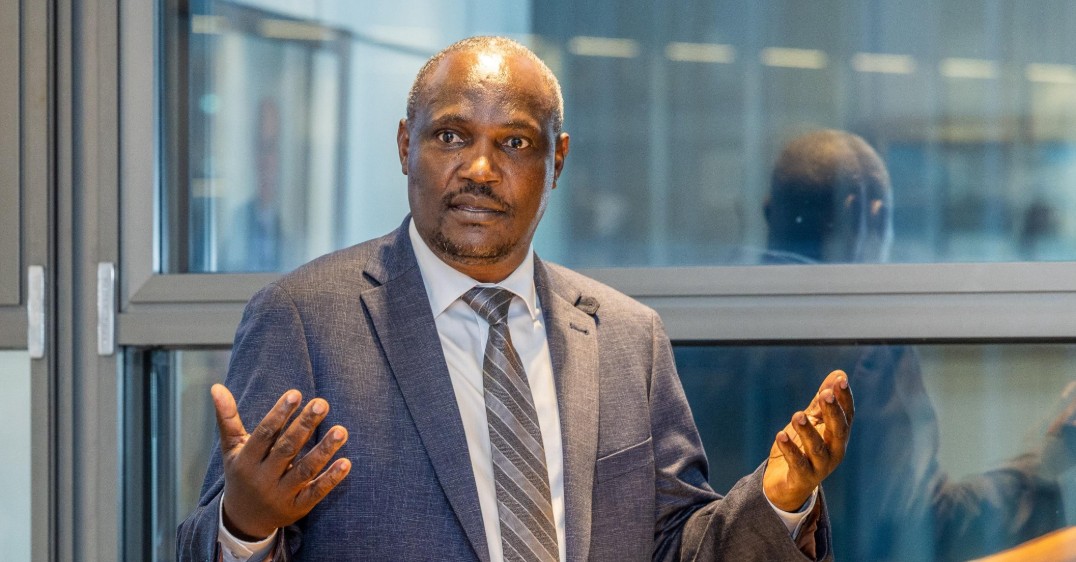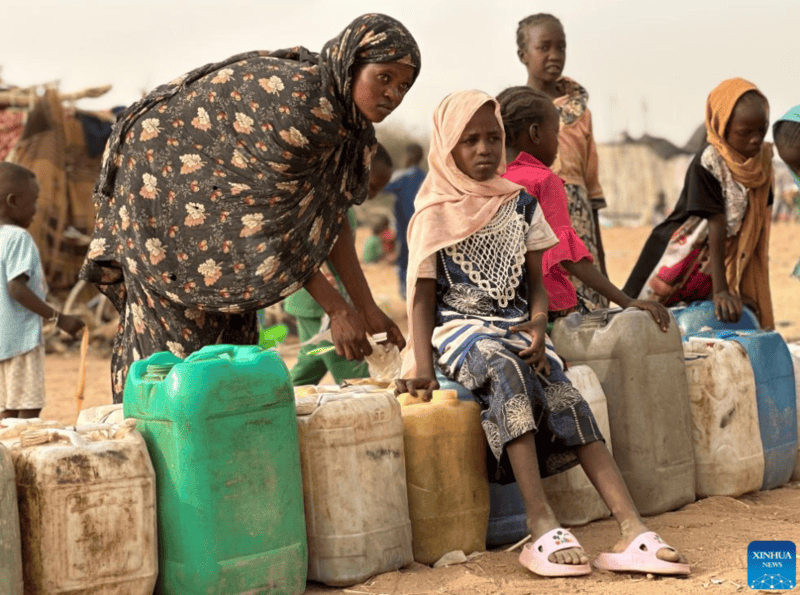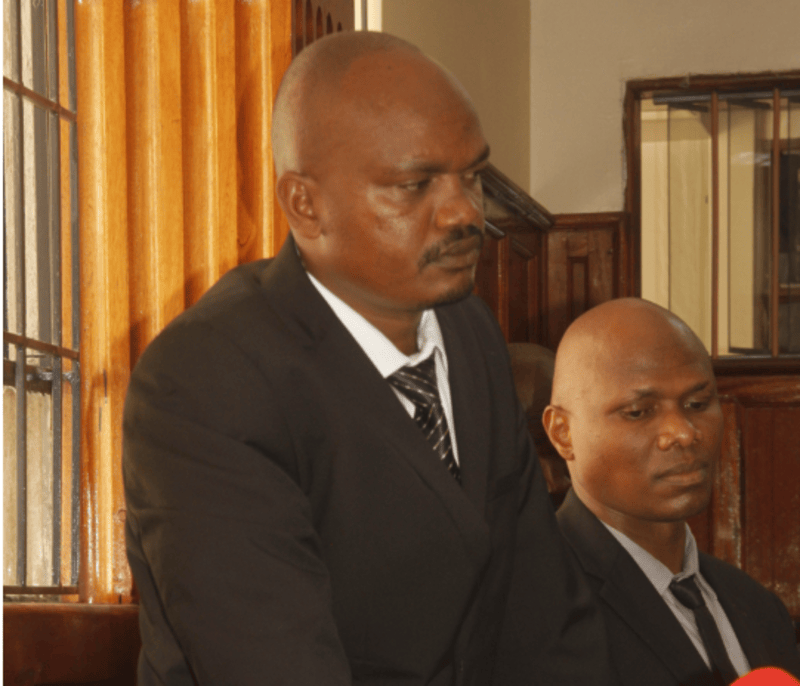EduAfya audit uncovers 'ghost students', Sh2.3 billion overpayment

EduAfya programme was launched in 2018 under the National Education Sector Strategic Plan, with the aim of increasing access and equity in secondary education by offering comprehensive health coverage. The original contract set an annual premium of Sh1,350 per student.
The government disbursed Sh16.4 billion to the EduAfya student health insurance scheme over four years, yet most of the funds were not tied to actual medical services, an audit has revealed, exposing possible fraud, inflated premiums and oversight failures.
In a special report tabled in Parliament, Auditor General Nancy Gathungu found that although the Ministry of Education was supposed to remit Sh14.1 billion in premiums to the National Health Insurance Fund (NHIF), the actual amount paid out was Sh16.4 billion, an unexplained overpayment of Sh2.3 billion.
More To Read
- Four years on: Auditor General Nancy Gathungu still locked out of NHIF claims system
- Sh16.6 million disbursed to 14 ghost schools, Auditor General reveals
- Health CS Aden Duale grilled over failure to deliver care for invisible disability patients
- Universities Fund faces Sh9.6 billion deficit as pending bills soar to Sh72.2 billion
- Health CS Duale cracks down on hospital overcrowding, demands accurate bed capacity data
- NHIF staff face fresh vetting for SHA jobs as court upholds open hiring mandate
“The excess remittance between the premium payable and the remitted amount for the period under review was neither reconciled nor explained,” the report stated.
The audit, which covered the financial years 2020–21 to 2023–24, was part of a wider review into government capitation and infrastructure grants in public schools. It revealed that only a fraction of the funds spent on EduAfya were used to provide care to students.
Out of the Sh16.4 billion paid to NHIF, only Sh5.3 billion went into healthcare services for learners. This means the insurer retained about Sh11.1 billion for the four years, even though there was no evidence of services rendered for that amount.
“Therefore, the value for money on the disbursed amount of Sh16,468,040,851 to NHIF or the health services rendered could not be confirmed,” Gathungu said.
The audit shows that only 8,846 out of 9,312 secondary schools whose capitation was withheld had students who accessed EduAfya services.
The remaining 465 schools, with a total allocation of Sh273 million, had no proof of beneficiaries.
The report also raises serious questions about how ineligible individuals accessed the cover. A total of 15,468 beneficiaries, not listed as public secondary school students, received services worth Sh40.2 million, going against the programme’s terms.
According to the contract, only students enrolled in public secondary schools and listed by the Ministry of Education were eligible.
However, roughly 4,100 primary and junior secondary schools were found in the system, despite not being part of the approved Nemis capitation data, revealing major weaknesses in verification and controls.
In another striking finding, the Nemis system recorded 65 medical visits amounting to Sh35,550 after the EduAfya scheme had officially ended on December 31, 2023. These visits were captured up to February 28, 2024, two months after the policy lapse.
The EduAfya programme was launched in 2018 under the National Education Sector Strategic Plan, with the aim of increasing access and equity in secondary education by offering comprehensive health coverage. The original contract set an annual premium of Sh1,350 per student.
Despite its intended purpose, the Auditor General’s findings show that major flaws in implementation and monitoring exposed the programme to possible abuse and loss of public funds.
Top Stories Today


